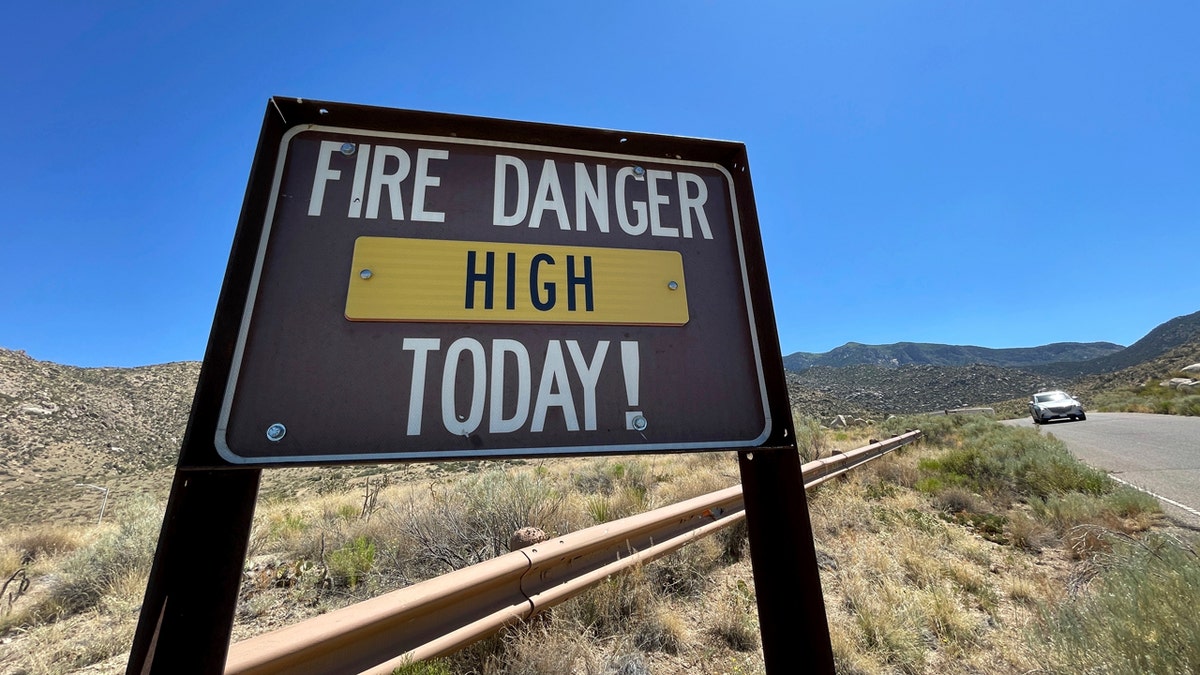With the Fourth of July approaching and drought conditions gripping the Southwestern United States, the U.S. Forest Service has sparked an interesting debate by recommending alternatives to fireworks, including glow sticks, noisemakers, and even red, white, and blue Silly String. While the intention is to prevent wildfires, some environmentalists find the suggestion of using aerosol string in nature rather ironic.
The Forest Service's campaign echoes recommendations from organizations like the National Fire Protection Association and the American Red Cross, emphasizing safer celebrations on personal property. However, the agency clarifies that they are not encouraging the use of Silly String in forests. Their primary message remains "Leave no trace," regardless of how people choose to celebrate on public lands.

The composition of Silly String, though a trade secret, generally involves a polymer resin, a foaming agent, a solvent, coloring, and a propellant. While often labeled non-toxic, it can damage certain surfaces and may cause gastrointestinal irritation if ingested. Furthermore, some consider it non-biodegradable. Past incidents, such as the 2004 ban in Los Angeles due to misuse and littering, and restrictions in other towns due to property damage, highlight potential issues with the product.
Environmental groups like WildEarth Guardians argue that Silly String exemplifies the many seemingly harmless products with potentially negative environmental impacts. They call for greater transparency about the chemicals used in everyday items, echoing concerns about “forever chemicals” found in various products. They suggest that items like Silly String, Mylar balloons, noisemakers, and glitter are inappropriate for use in natural areas.
Despite a wet spring and record snowfall in some areas, the potential for wildfires remains a concern, especially with the uncertainty surrounding the monsoon season. The Forest Service emphasizes that dry weather can quickly turn vegetation into fuel for fires. With over 22,000 fires already burning nearly 1,000 square miles across the U.S. this year, the focus on fire prevention remains paramount.
Comments(0)
Top Comments